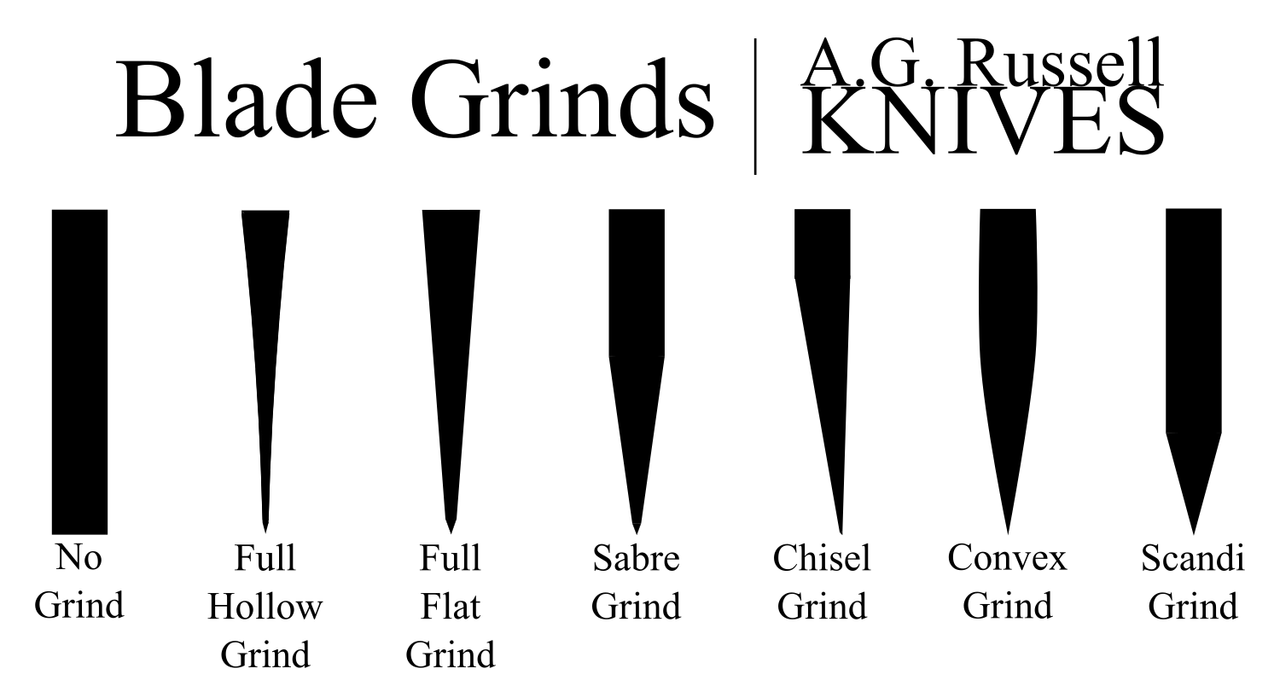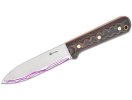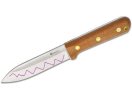XtianAus
Gold Member
- Joined
- Mar 3, 2016
- Messages
- 3,155
I am trying to wrap my head around the difference between a scandi grind with a microbevel and a sabre grind.
Is there a difference between the angle portion from the end of the grind down to the edge between the two? Or is the difterence to do with the very edge only?
Is there a difference between the angle portion from the end of the grind down to the edge between the two? Or is the difterence to do with the very edge only?
Last edited:




